|
When I try to remember some of my earliest memories as a kid, I have glimpses of my late father Rich Chrysler, working at his big wooden desk in our basement while I played with my toys on the floor beside him. I remember being absolutely fascinated by what he was working on - building these incredibly detailed model trains, or scale buildings or figures. I was always curious about what he was doing and sometimes he would set me up in my tall chair beside him so I could watch him quietly. There was an immediate fascination with these miniature trains, how interesting and inspiring that he could build these tiny replicas of real machines and make them operate and look just like the real ones. He often had photos spread out of the things he was building models of, that he would study with a magnifying glass, and he would show me the details he was recreating in miniature. I would watch him work for hours with intrigue, and every so often he would let me come into his model railway room and lift me up onto a stool so I could see the miniature world he was creating. This room was usually off limits to me and had a child proof door knob attachment so I couldn't get in on my own. But once inside this room, there was a miniature world wrapping around the walls and furnace, with buildings and bridges, trees and people, and of course the trains themselves which would move and come to life! Back then, Dad was modeling a fictitious branch line of the Grand Trunk Railway - set in Northern Ontario - circa 1910. It was the most intriguing thing I'd ever seen as a child, and I learned very quickly that if I wanted to be a part of it - I must first learn patience and to keep my hands off! Someday I would be able to build and enjoy my own... I think it was around the age of 5 that I got my first electric train set for Christmas. It was a basic starter set and Dad built me a 4x8' table with the track arranged in a loop with some buildings and sidings and even a bridge. From that year forward it seemed that trains and Christmas went together synonymously. Like a tradition that had been passed down through generations - and for my Dads side of the family that was very much the case! My Dad Rich grew up in Paris Ontario, he was the oldest of his siblings with a younger Sister named Barb, and 2 younger brothers named Roger and Ken. He was the first of his family to get a model train set for Christmas when he was a boy back in the mid 50's. But from then on, the Chrysler family - including their parents, Cal & Fern, would become passionate model Railroaders of their own. Growing up, when ever our family would visit the extended families, the boys would always wind up downstairs in their respective train rooms showing and discussing each others latest modelling projects. Sometimes we'd get together and go to model train shows or flee markets, or to see other peoples model railroads through regional open house tours. It was our winter time hobby, it was how we all bonded, and we loved it! Building scale models was by far my biggest hobby as a kid, my bedroom was full of model airplanes, cars, and trains that I built and displayed with pride. My Dad was a great teacher and he showed me just about everything I know about modelling over the years. By the time I was a teenager I was getting nearly as good as he was in my modelling skills, and I had become a fairly good artist; I could paint back drops, and draw plans, I'd even become proficient with an airbrush and continued to take many courses in those areas I was scratch building all sorts of structures, building lots of wood and resin kits, and continuously learning new things through Dad as we would often model at the same time together in different rooms - checking in on each other every hour or so to inspect and discuss each others progress. Rich was a reader and a researcher, a wise historian with much more patience and knowledge of the actual prototype we were modelling than I ever did. I remember going to libraries and museum archives with him to search for articles or photos regarding various areas of interest or structures he was trying to find pictures of. Sometimes we'd go to old stations with giant tape measures and take measurements and detailed plans of the old structures to have them on file for future models. He appreciated and knew great stories about whatever his subject matter was, and he was able to document and explain things in a way that so clearly illustrated 'what it must have really been like'. He was a master modeller and would often support his appetite for new models by meticulously building and painting detailed craftsman kits for other friends in the hobby, often in exchange for new brass locomotives and other models.. By the early 90's Dad and I had decided to combine our efforts as Father and son. We decided to start all over again with a new and much larger model railway in our home basement. We dismantled and sold much of the old layouts, and took down the wall that had kept his railway separate from our rec room. We even removed the unused brick fireplace in the corner to give us more room for railway. For various reasons, we both wanted to model the Canadian National or 'CN' as it's now known, during the steam transition era of the early 1950's. This era is known as the transition era because it was the period of time which Canadian railways were transitioning from steam locomotives to the new age of diesel locomotives. Canadian railways were still in their post-war peaks by the early 50's, still handling all of the mail until 1957. There were branch lines with passenger service in place to nearly every tiny town in Canada. Combine that with all the neat automobiles, colours and advertisements of the 1950's, and it just felt like the most exciting era to model. We decided to focus on an interesting branch line that just happened to run closest to our home in Hamilton Ontario - a line the Railway knew as 'the Hagersville Sub-division'. This line linked Hamilton on lake Ontario, down to Port Dover on Lake Erie with many towns and division points in between. With all of Dad's years of accumulated research of the various local towns along the branch line, he was able to draw me some basic track diagrams for all the different towns along the line. I spent weeks one winter arranging the various track plans together on top of dimensional drawing I'd made of our basement. I was trying to come up with a way to fit at least the most interesting scenes of the branch line into our basement. We knew that we couldn't have any track curves tighter than 28" because of running issues. We had also been inspired by several other model railroads that had been built in 2 levels or decks to save space. This required a hidden helix of track to get from one level to the next. With all of the information Dad had given me, I developed a two level track plan with a helix, that would include all the of the best scenes we wanted to feature: 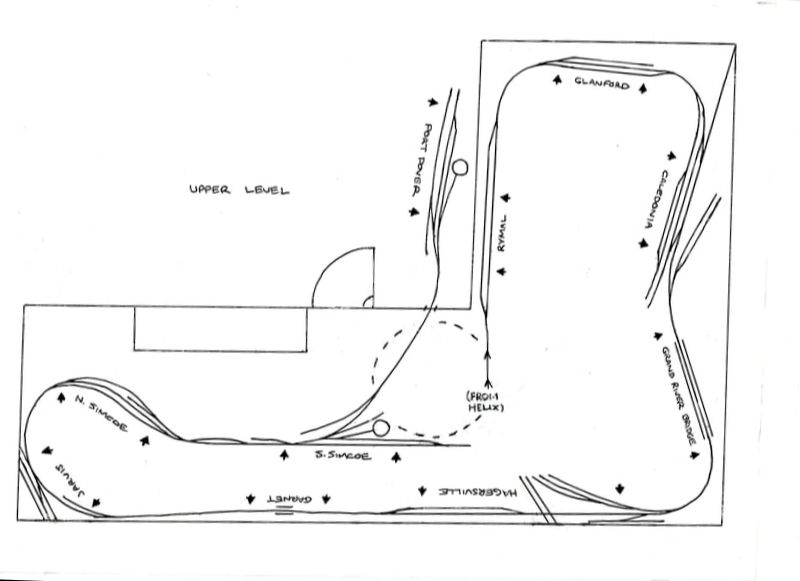 There were connections to other lines and other railways, lots of interesting industries for switching, and some great features like the long bridge over the Grand River in Caledonia - a bridge that until it's re-structuring in 1951, could only handle the small E class 2-6-0 'Mogul' types of steam locomotives - which we already had a few of - Hamilton kept a fleet of these small outdated engines in its roundhouse specifically for this line. The line also had to climb the Niagara escarpment from lower city Hamilton to the upper 'mountain' around Rymal/Hannon. This hill climb up the escarpment would often require extra 'helper' engines to get the train up the steep grade, which would then be cut off at the top before the train reached the bridge at Caledonia. In the early stages of building the layout, we started with building the bench work and hand laying all the track for the lower Hamilton areas starting with the huge scene at Hamilton's James St station. This station was a bustle of railway activity with the double track CN mainline between Toronto and Niagara passing along side, and a fan of tracks with platforms in both directions for all the various other lines. Here it was common to see all sorts of steam locomotives big and small serving the various class trains. There was also a huge brick express building for transferring mail from rail to truck. While Dad did most of the bench work, track work, and electrical - I scratch built the station and platforms here in 1996, when I was just 16. Eventually I would do the backdrop painting throughout the entire layout over the years... From James St station the line turned 90 and headed south down the middle of Ferguson Ave in downtown Hamilton - we created this long and narrow street scene down the front wall of our house, featuring the huge Canadian National freight sheds and yards between Barton and Cannon st's. Once again Dad did the bench work, hand laid all the track, and wired all the electrical. He also built the huge Ferguson ave freight sheds and offices between Barton and Cannon st's One winter in 1998, I built all of the rest of the houses, smaller buildings and partial buildings to fill out the rest of street. I had them all done in time for Christmas eve, and I set them up in place on the layout that night in time for Dad to see on Christmas morning. I had built them all in my first apartment which was in walking distance of the actual area we were modelling. I remember going out one fall day with our cameras and photographing all the buildings we guessed would have been there in 1950. The line then ducked out of sight briefly and into a new 'window' - we used the front fascia of the layout to create these scene windows in order to cover great distances in a small space. The next window we featured after leaving Ferguson Ave. was our CN branch line crossing the TH&B railway with a diamond and interchange trackage. - This scene is in lower city Hamilton, at the foot of Wentworth St as the line starts it's steep climb up the Niagara Escarpment. The next scene window was only visible from outside the main room area. It was a long aisle we built parallel to the front wall that had the lower scene visible on one side and the upper scene visible on the other - a concept known as 'the mushroom' design. The lower scene we featured here shows our line climbing the steep grade through the trees up the Niagara escarpment... As this isle scene is the first scene you encounter as you enter the room from upstairs, we had to build a gate in order to get through it into the rest of the train room... Near the top of the hill climb, the tracks duck out of sight and into the hidden helix Dad constructed to gain the extra height we needed to reach the second level. As the line exited the top of the helix and entered the next window scene (now on the upper level), we arrive at the small flag stop of Rymal - locally known as Hannon. Here the line crosses Stonechurch Rd. via a small bridge, and has a long passing siding that services a farm co-op, some grain elevators, and a small station... As we leave the scene window, we cross over Rymal Rd. with some classic wig-wag signals Dad built for the level crossing: Our line makes a 90 turn along the back wall of our house and enters the next window scene at Glanford. Here we have another passing siding and a car siding servicing some cattle pens, a coal dealer and another small station. The station masters house, still painted in the old Grand Trunk Railways grey and green paint scheme, is also visible across the street from the station. - Glanford is also where the bigger helper engines would usually be cut off the train so the lighter Mogul engines could proceed with the train south across the bridge at Caledonia. The next scene window we come to is the town of Caledonia Ontario. Here the line crosses over Hwy 6 and interchanges with the CN's Brantford to Fort Erie mainline. The mixed trains from each line would meet here daily to exchange mail & express, and fill up with water at the station water stand pipe. Dad built the Caledonia station model very early on - before we had really started laying any track yet. At the time, the Caledonia historical society was in the midst of restoring the actual station he was modelling! We went and measured the building many times and were learning all sorts of interesting details of its history as they peeled back the layers to restore it. When they had their first open house, Dad had his model of it on display there for a few months to draw public interest. There were passing tracks serving a mill, a big freight shed behind the station, and a Y for turning around. As the line left the station and turned to continue south, it entered the next window which featured the long bridge over the Grand River in Caledonia. Our friend John Spring built the bridge.. I remember hearing from an old locomotive fireman we interviewed, that the old bridge was so rickety and scary to cross, the crew would sometimes hop off the moving train and walk across - catching up with the slow moving train on the other side! Continuing south from the Caledonia and the Grand River bridge, our line makes another 90 turn, and starts down the front wall of our house again.. The next window scene we enter is at Hagersville Ontario. Here the line crosses over the double track mainline of the Michigan Central and has some long interchange tracks with the CN. There's a signal crossing tower at the diamonds, and separate stations and freight sheds for the 2 Railways. There's also some grain elevators and a co-op that the CN served. Dad built the beautiful old CN station, and crossing tower, while our friend John Mellow built the freight shed and platform. Continuing south from Hagersville, we decided to feature a long open stretch of single track country branch line. This stretch really captured the flavour of this region of Ontario, with farmers fields and rolling hills for miles... Hwy 6 follows and crosses the line as it heads south past the next flag stop at Garnet. Next our line reaches the town and Union station at Jarvis. Here it swings west and joins onto the Wabash Railway or 'Canada air line' Dad built the beautiful Jarvis union station based on plans he made of the real structure that still exists today. I remember going with him and uncle Roger to measure it up one day in the late 90's. Once again, the railway also crosses Hwy 6, and services a local farm co-op, cattle pens, and a lumber yard... From Jarvis the line heads west on a shared stretch of the Air Line until it reached the town of Simcoe Ontario. Here we come to a station and water tower with some freight sheds, cattle pens, a coal and fuel dealer and interchange tracks... Unfortunately we never did get the station built for this scene - As the line swung south through Simcoe - away from the shared Air line trackage in the north part of town, it enters the next scene of Simcoe south... As we enter this scene we come through the huge American Can Co. that the railway served, and then the line cuts along Market street with sidings serving several local co-ops, a lumber dealer and a fuel dealer as it heads south... At the south end of town, the line branches off in two directions with a steam operated turntable in between the two branches. To the right the line would head down to Port Rowan where it would turn around and come back,, then it would head down the left leg towards Port Dover where it could also turn around and come back on its return trip to Hamilton. Because of our limited space we had to decide on featuring either the Port Rowan or the Port Dover branches in out basement... In the end I decided to do a model of Port Dover, while Dad decided to make Port Rowan as a separate modular layout he could set up at train shows. Since I had been living in Vancouver since 2002, I enjoyed coming home for holiday visits every year or so. I would inevitably fill in scenery, structures, details and backdrop painting in all the areas Dad and the guys had been busy constructing benchwork, track and basic ground cover. One year in 2011, I got inspired to build the final scene of Port Dover as a sectional layout I could build in Vancouver. My plan was to someday transport it to Ontario to be joined with the rest of the line in Dads basement. I built this scene in my apartment in Vancouver over a few yrs. The project was well documented in this article about: Here are a few pics of the finished scene of Port Dover: As the line entered the south end of town it served the CN Station and several different fisherman's co-ops and dealers along the warf. There was a turntable and an old engine house where the tracks terminated on the beach at lake Erie... Toward the end of his life, Rich had turned his focus back to the starting point of the layout where the line begins at Hamilton. He had planned to build the huge Hamilton Stuart st. roundhouse and locomotive servicing facilities. There was to be 90' turntable, 23 stall roundhouse, machine shops, water tower with stand pipes, and a long double sided coal dock with lots of yard trackage for storing and assembling trains. While this area was never completed, he did get much of the round house walls built from scratch. Because half the walls were intricately cut stone walls (that the Great Western Railway had originally built in the 1880's) - he decided to make one wall section by hand and then cast the rest out of plaster... Here are some pics of that unfinished scene of the Hamilton Stuart st Roundhouse being built: - the older/shorter cut stone stalls are from the original Great Western building, and the newer/longer wood frame stalls that the Grand Trunk Railway (which became CN) added in later years. To properly conclude this story, I feel it very important to include the many friends that Rich made through this hobby over the years, many of which grew to be some of his very best friends. The list is quite extensive, so for this article I'll respectfully not to list everyone's names individually - they all know who they are! In the mid 90's, Rich became a member of the Ontario and Eastern Railway modelers; which was a group of highly skilled Canadian prototype railway modelers who were all modelling various areas of Ontario in the steam era. Together they shared in building a large and very high quality sectional layout that they would display and operate at various train shows. Eventually they even started their own train show in Copetown, Ontario that featured Canadian prototype railway modeling. Later he and some others went on to form other sectional railway groups like the E&O which modeled scenes of the NYC lines through Southern Ontario. Dad also began building a FREMO modular scene that he was going to build into the scene at Port Rowan. Unfortunately he never got to complete much more than the bench work and some track.. The friends and family members we invited to help out through the years were all important in the building of this layout as well as our continued growth in the hobby. For decades Dad would host and share in round robin work sessions with the guys as they would take turns working on and contributing to each others home layouts. Through this, several of the buildings, bridges, areas of scenery, lighting and construction on the layout were done by our friends and family members in the hobby. When Rich was diagnosed with stage 4 cancer in the spring of 2012, it took everyone - especially him! - by surprise. No one ever imagined he would suddenly be gone so quickly - so young. As one of his last wishes, he told me that he would love to show our layout to the public one last time at the regional layout tours in the fall. Unfortunately he was to pass away in July before the fall ever came. I took it upon myself to enlist the help of several of our mutual model railway friends. I hosted a series of work sessions to try and get the layout as finished as we could in time for the open house in the fall. At the time he passed away, the track had been laid from Hamilton all the way to Simcoe, but none of the scenery or buildings had been added South of Hagersville/Garnet. Unfortunately Dad never got to see my Port Dover sections in person, though he saw lots of photos of it while I was building it out west. I did eventually move it back home that fall and joined it up to the south end of Simcoe by way of our laundry room. The guys all really came together to get the layout looking mostly done in time for the fall open house. We ran trains all day for a record attendance of almost 100 people! making it a complete success in my opinion. Though it was an emotional time to say the least. We took lots of great photo's and video's to preserve the legacy in that mostly finished state, before finally dismantling and selling everything later that winter.
This article is my final tribute to the Hagersville Sub that my Dad and I and our friends contributed in building. Model Railroading was one of Dads biggest passions in life and it will forever be a part of my story too.
We all miss him, but I like to believe he continues to live on for as long as his memory does. Until next time -
9 Comments
Pierre Oliver
12/26/2019 04:37:23 am
Geoff,
Reply
Barry
12/26/2019 10:03:37 am
The first show I ever exhibited my work at was the WOD show at North Park Collegiate in Brantford. Rich stopped by and commented on how impressed he was with my portable layout. Looking back, it wasn't that good, but I will always remember how supportive he was. I've always been inspired by the models Rich and his brothers built and their attention to research and the details.
Reply
Brian Schram
12/26/2019 11:38:18 am
Thank you so much for this . I grew up in Simcoe and Port Dover was a big part of my childhood . The Moguls were ion my fron yard in the South End of Simcoe and the yard where the turntable and coop were , were one of my neighbourhood playgrounds .
Reply
Philip Jago
12/26/2019 07:03:07 pm
An amazing story! I had no idea of the various Chrysler connections and relationships which I have seen through the annals of Facebook over the years. Your modelling and efforts are outstanding, both collectively and individually. So sorry to hear of your father's tragic demise. Thanks for sharing this with us.
Reply
Ross Oddi
12/27/2019 08:35:37 am
I was very proud to know Rich. He helped me want and be a better modeler. Some small items I own that once were his, are my most valued models. I think of him often.
Reply
Keith Hopkin
12/27/2019 11:47:41 am
I am proud to call Richard my friend. He was also an awesome modeler and railway historian. We had so many great times together. I considered Richard the best model railroader that I knew. I had him construct, paint and detail several models that I felt were too difficult for me to do. He did a fabulous job. When I see these models I think of Richard. A wonderful friend that indeed left us way too soon. I certainly miss the man. He was one of a kind.
Reply
Geoff,
Reply
Steve Lucas
3/26/2022 04:01:57 pm
I remember visiting your Dad in 1986; I had built a model of Lindsay station and he invited me over for a tour of his Grand Trunk layout. This visit started became a friendship lasting for decades.
Reply
Your comment will be posted after it is approved.
Leave a Reply. |
Archives
December 2023
|





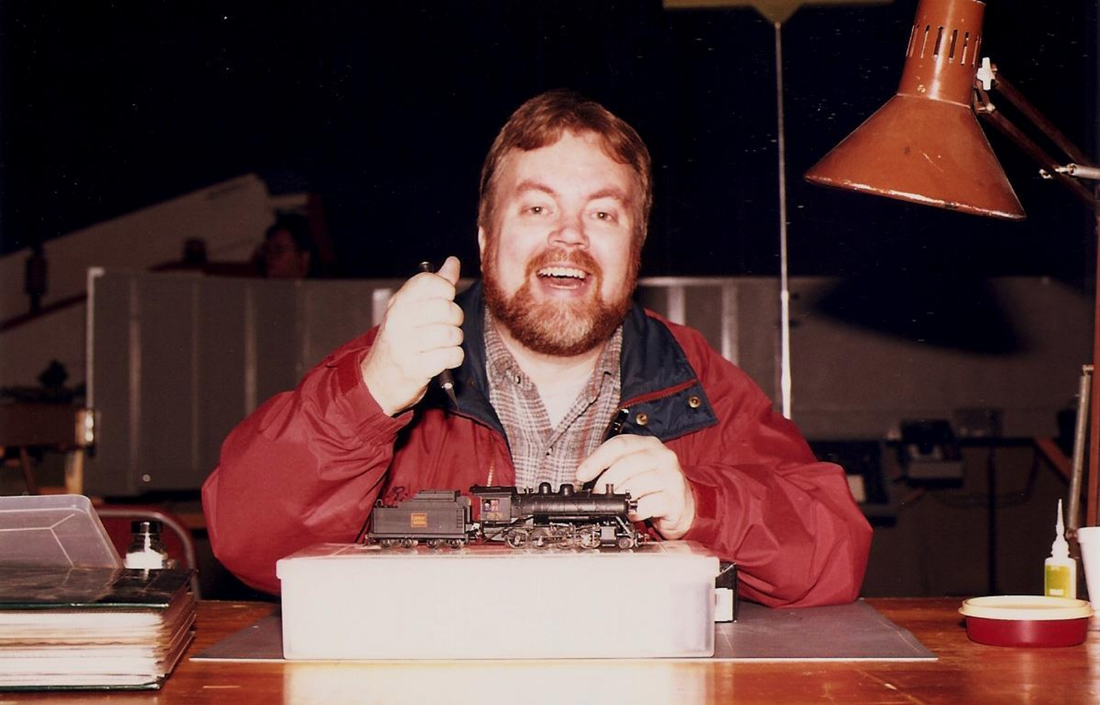

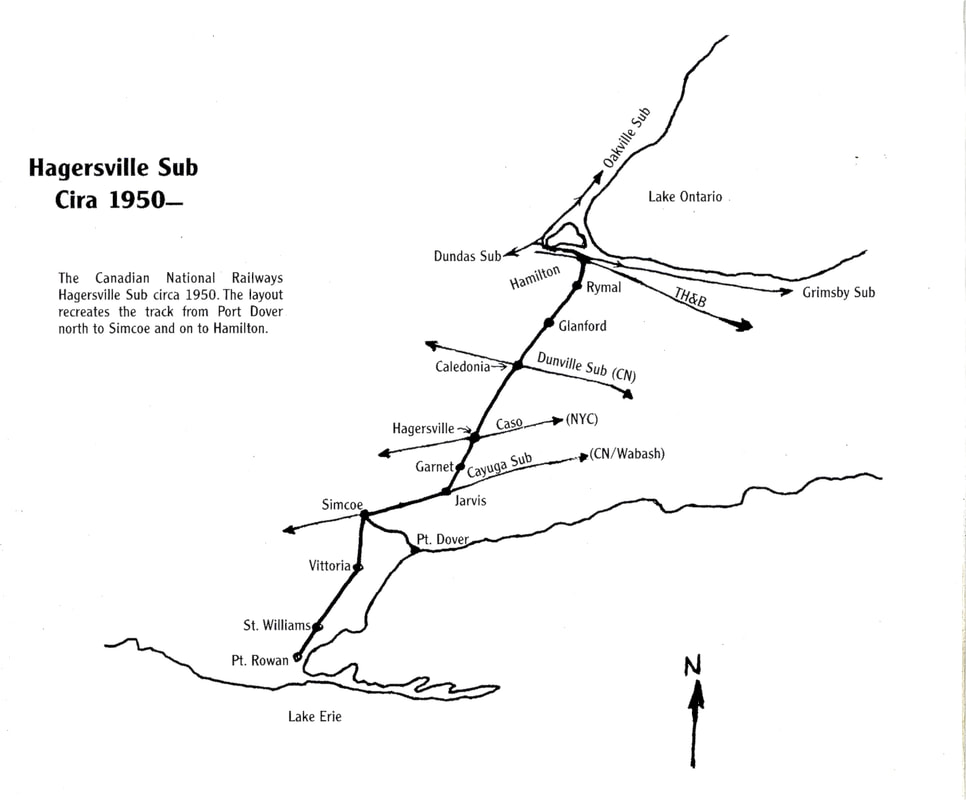













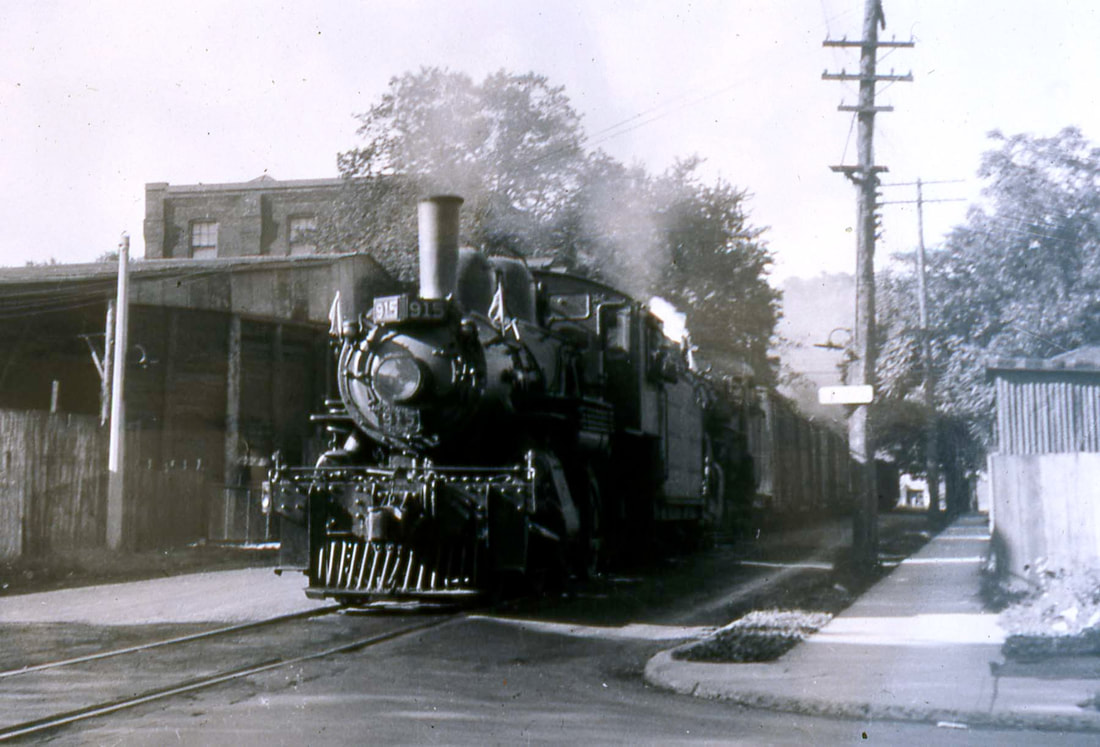





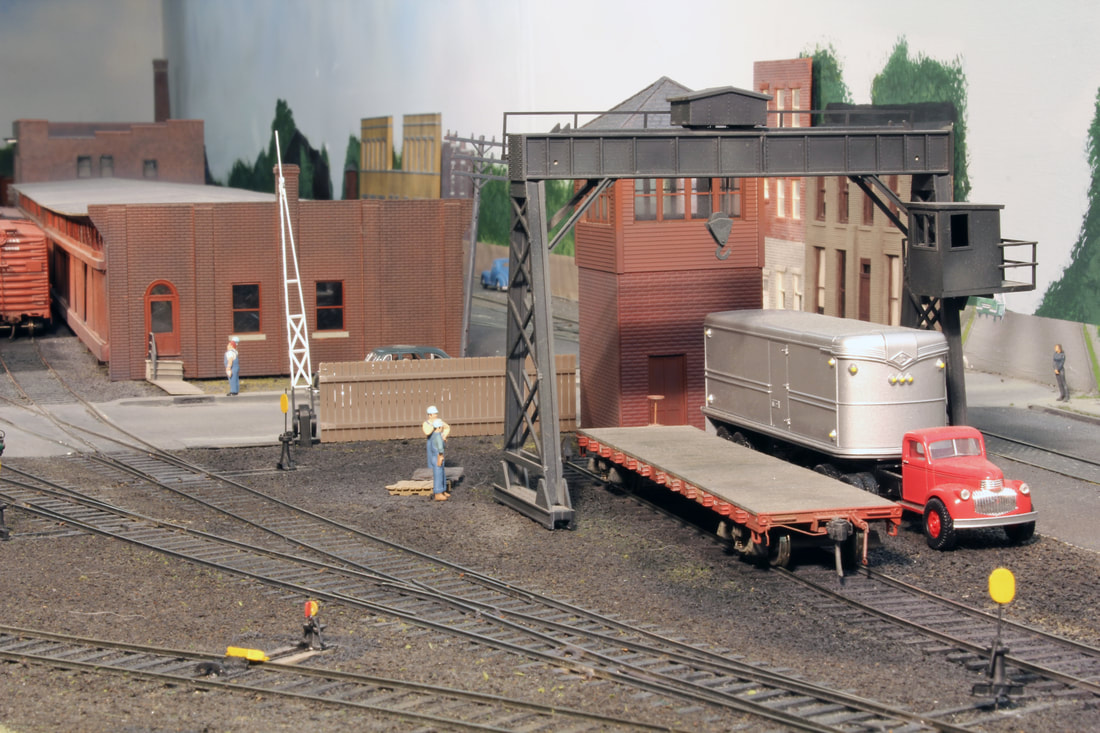





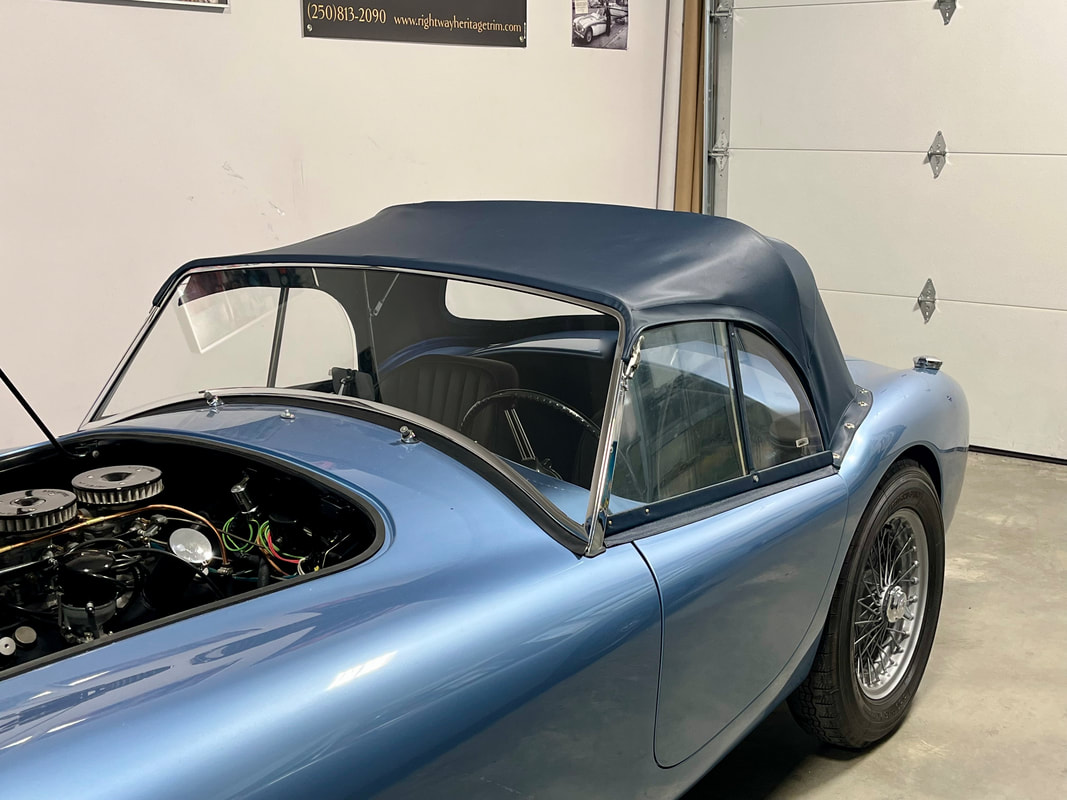




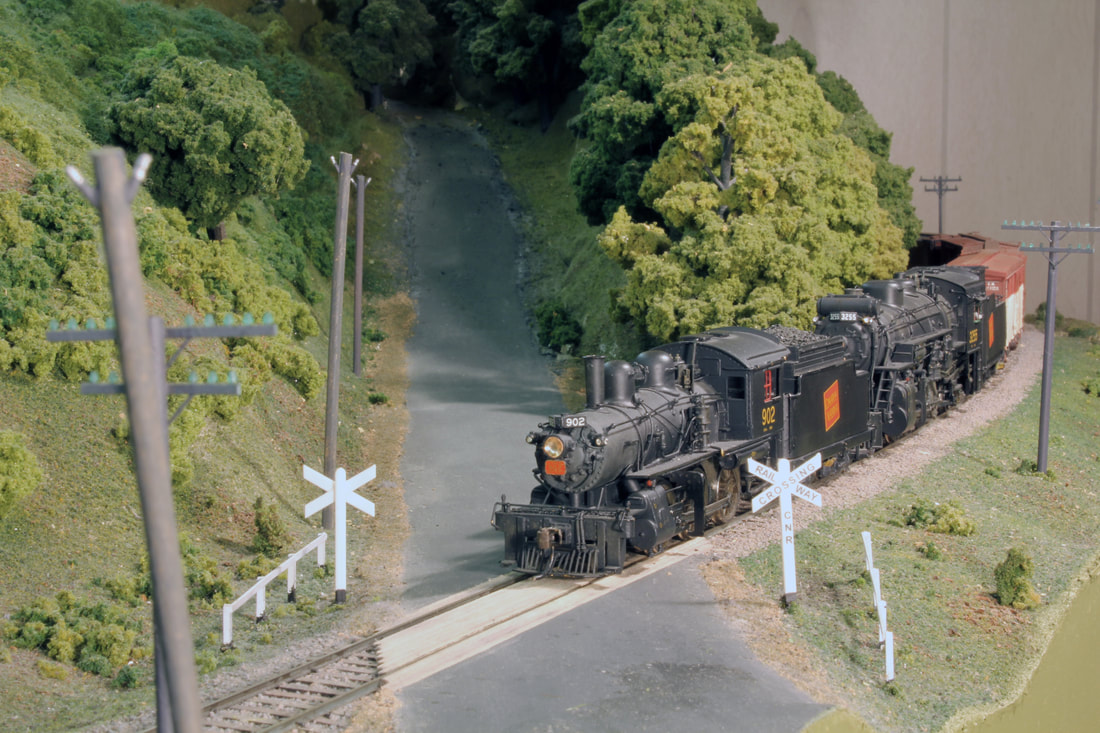




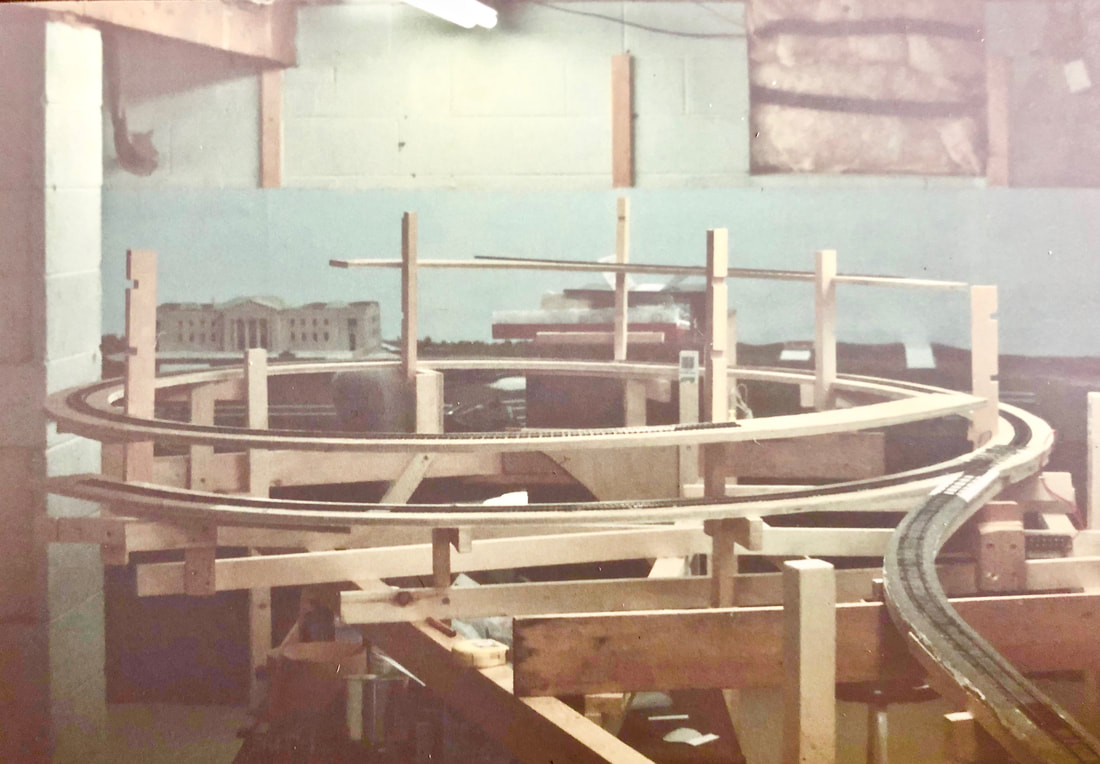
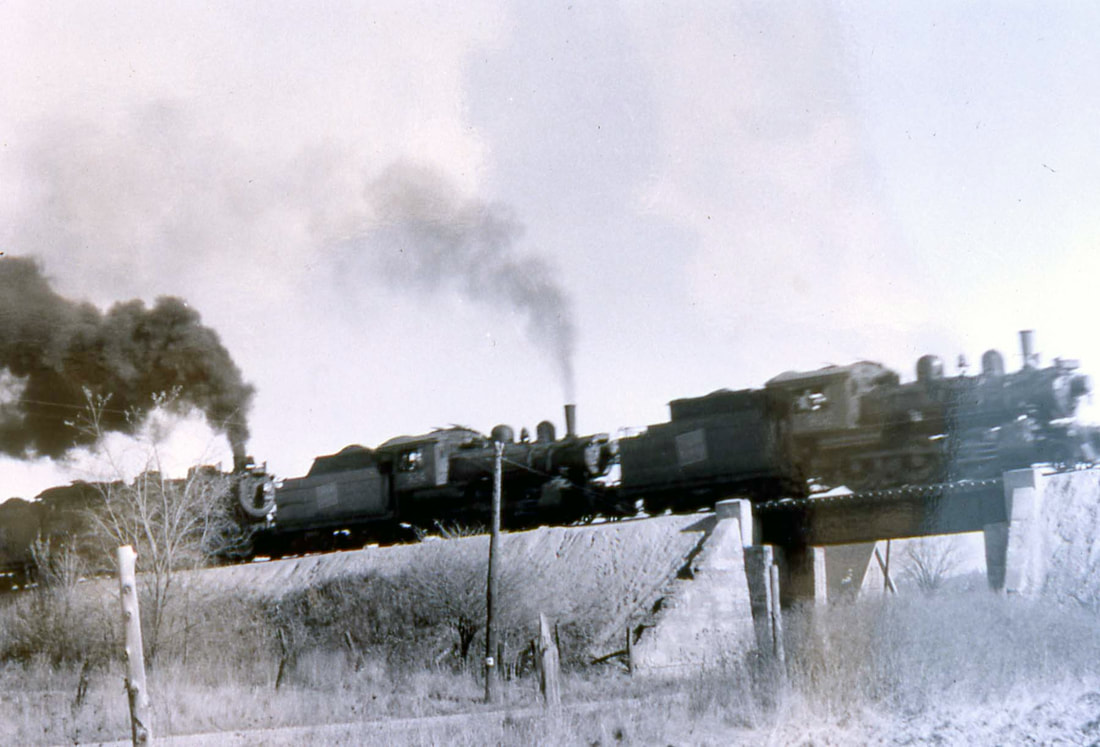


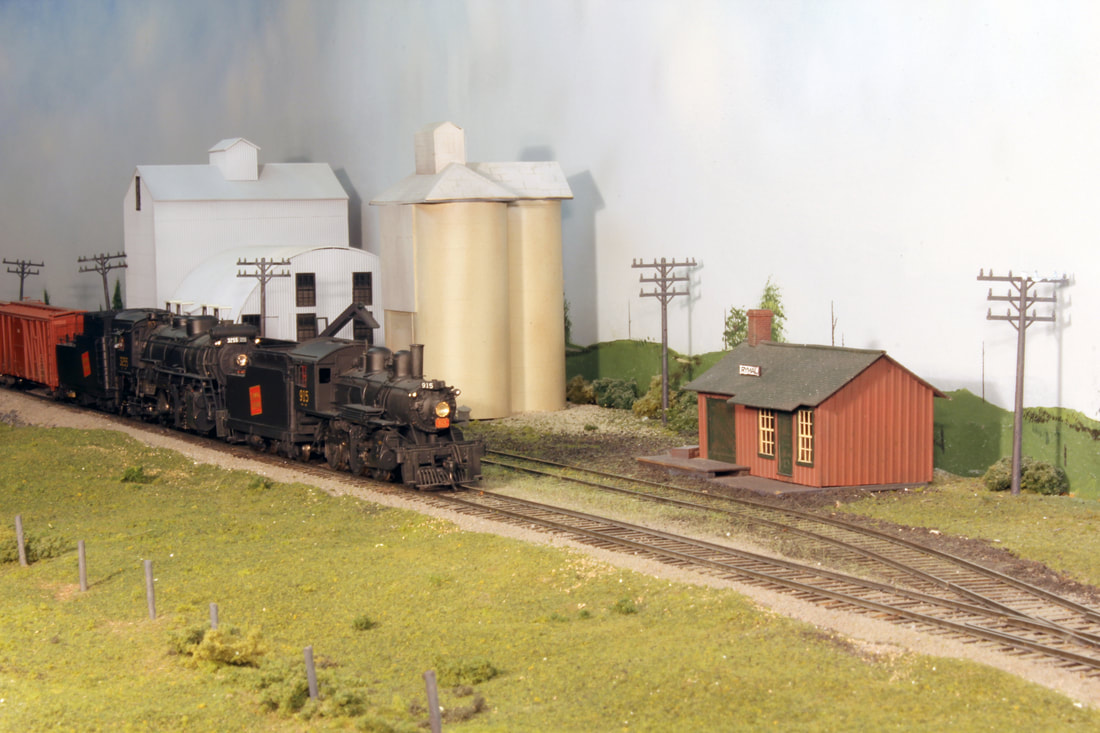













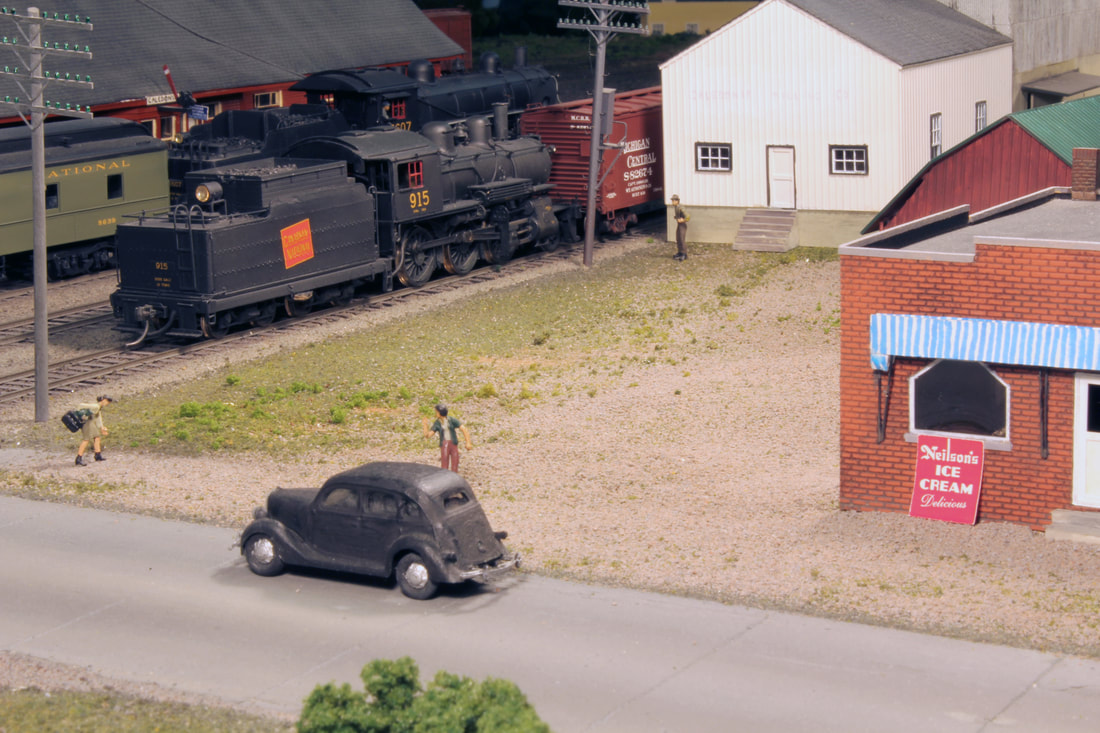
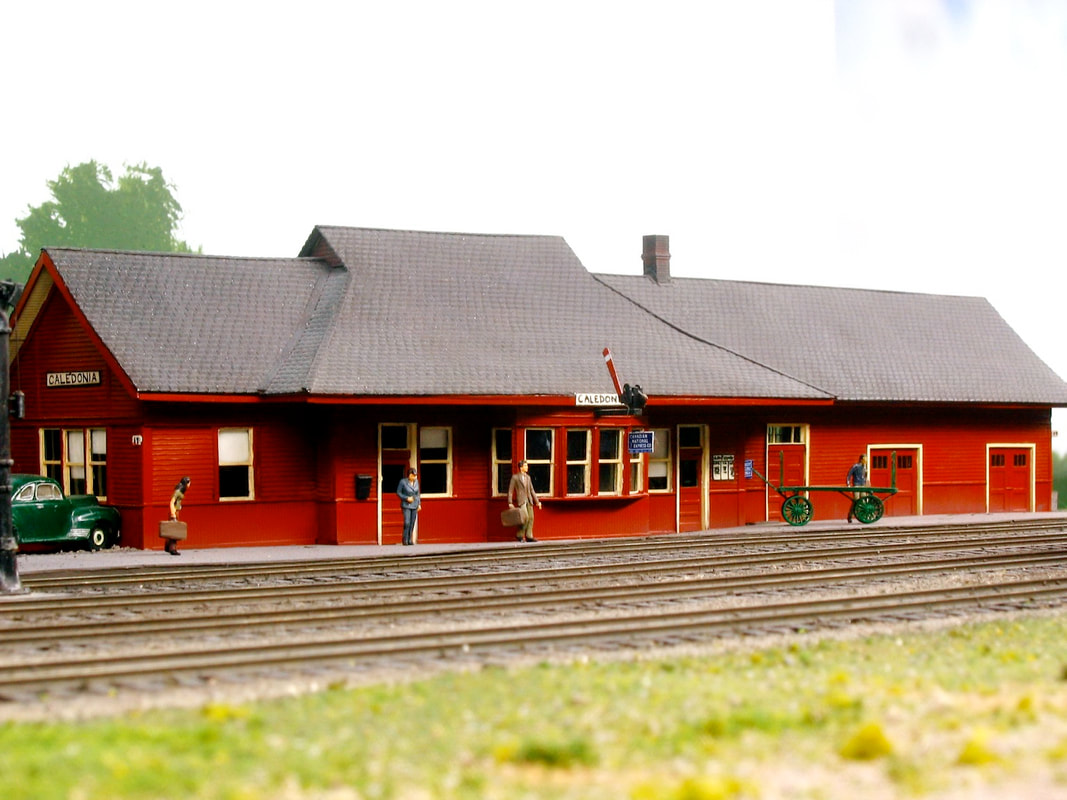

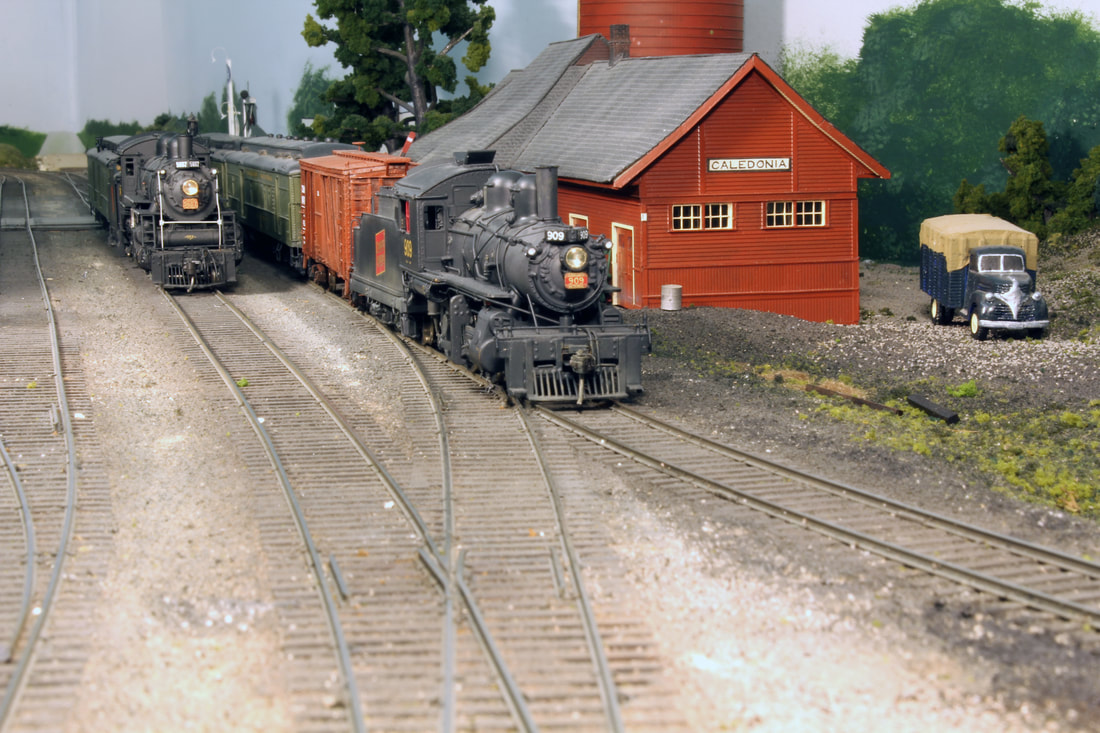








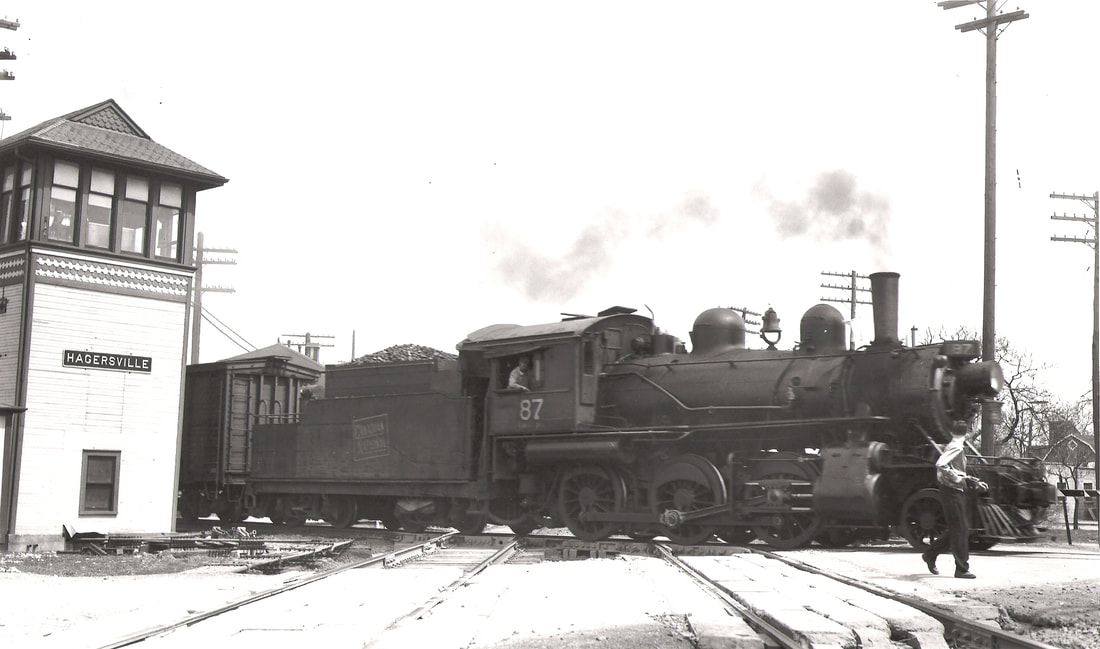




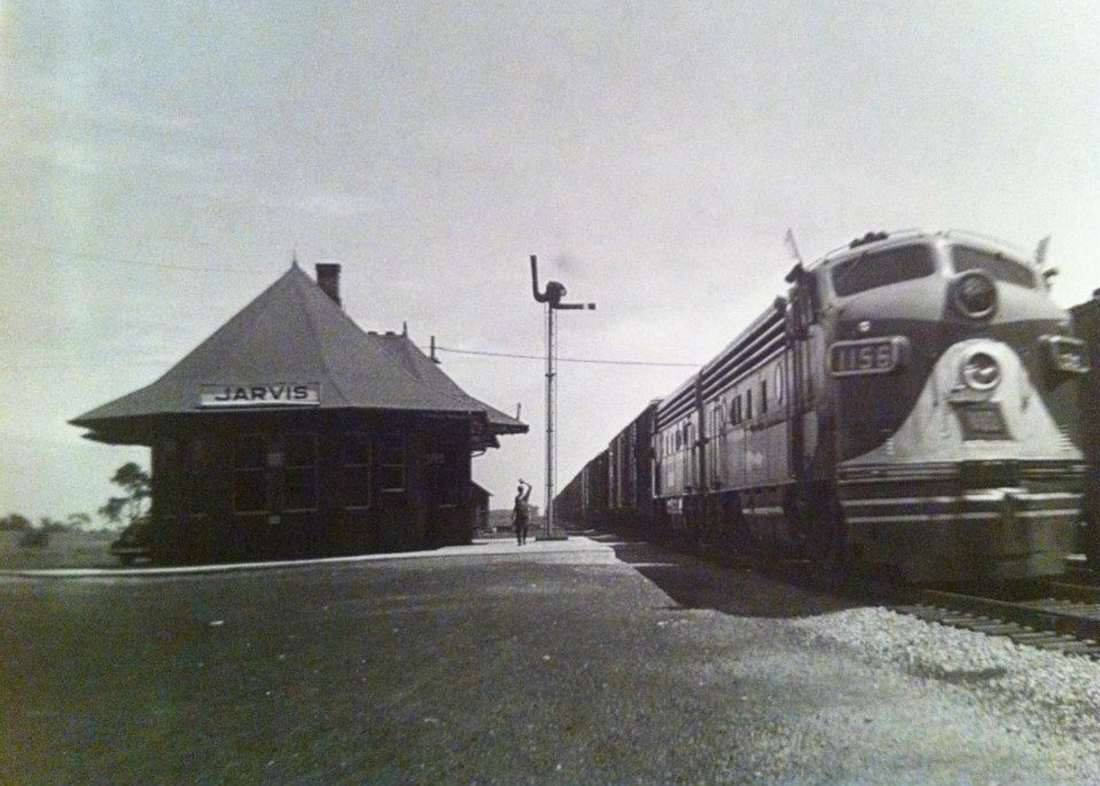






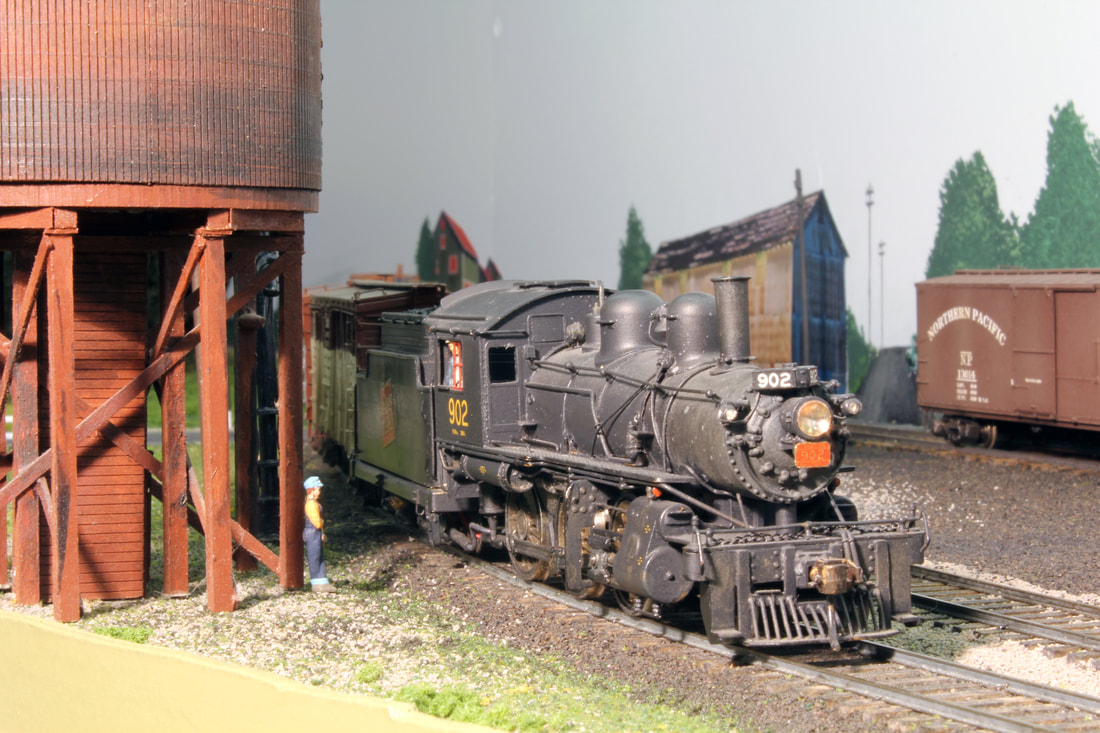













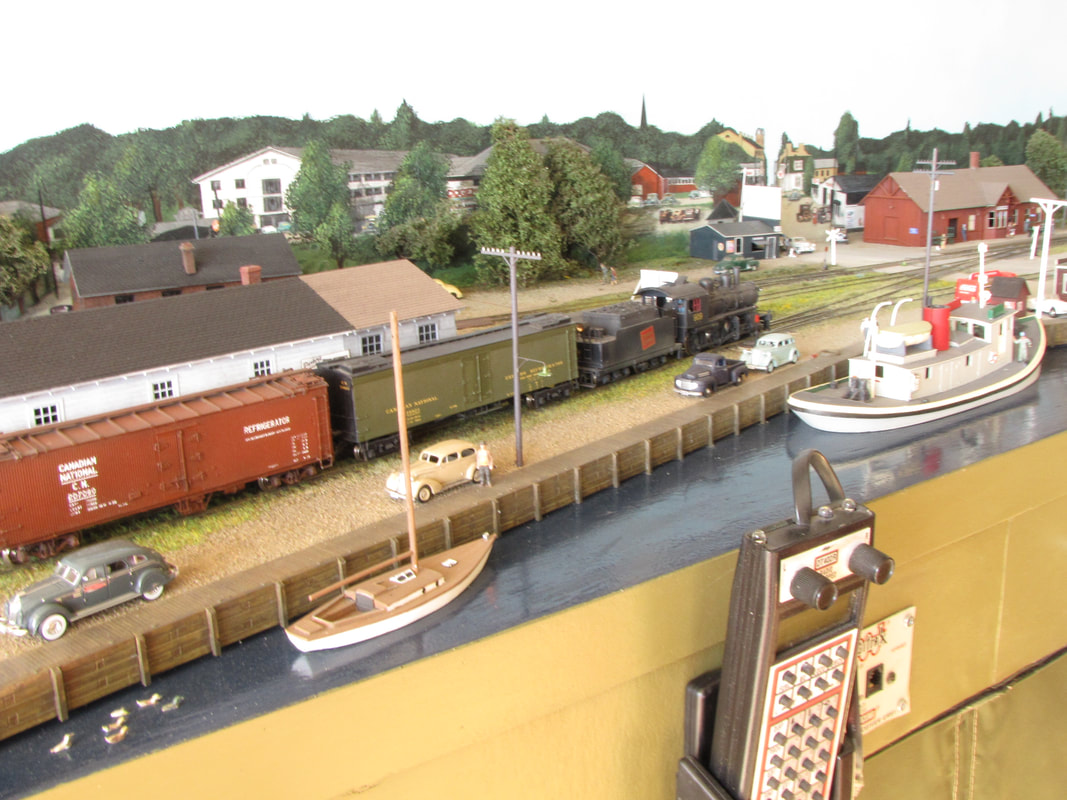

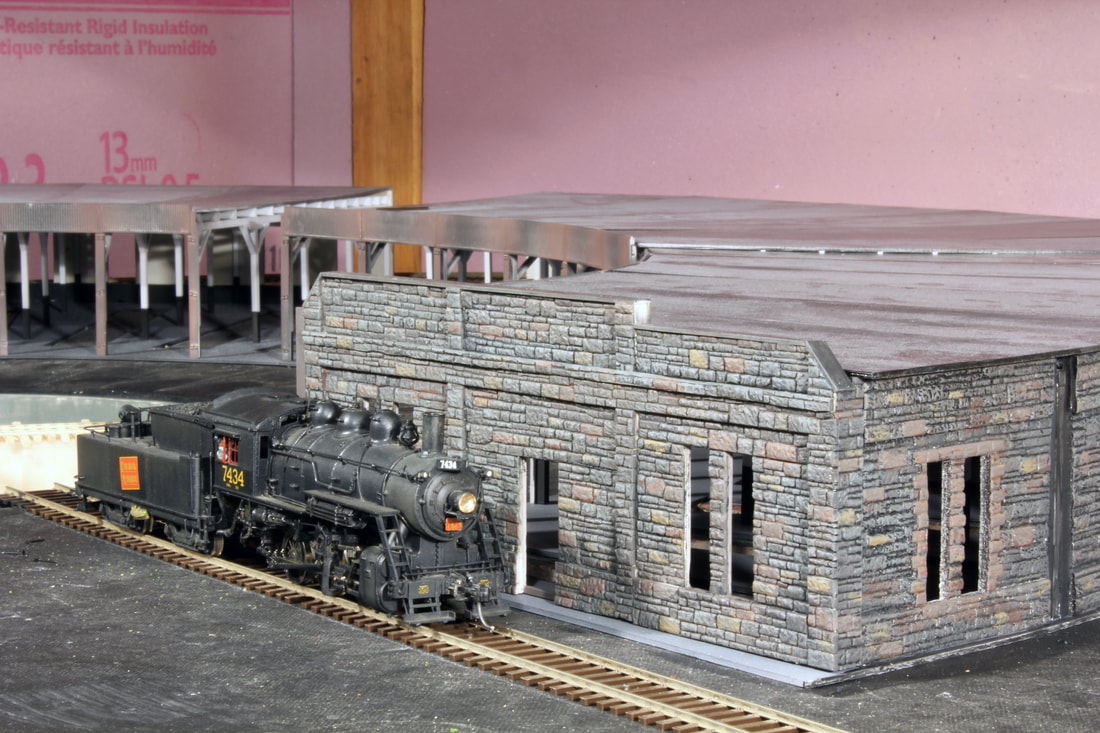








 RSS Feed
RSS Feed